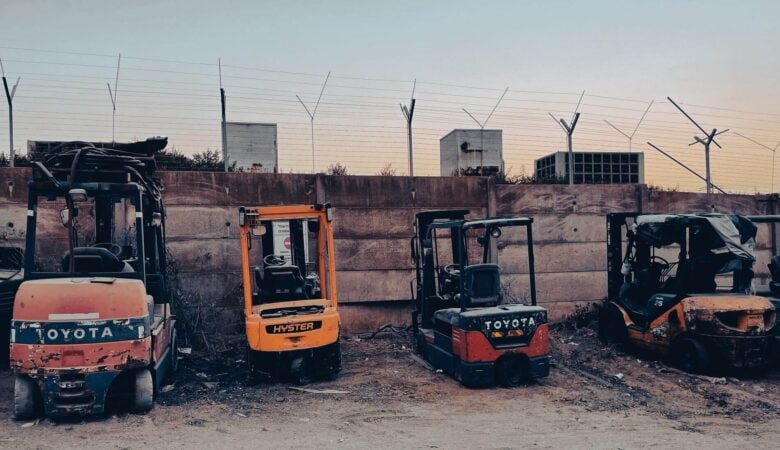Among the many tools, flatbed truckers have at their disposal is the trusted pipe stake. It is used for securing pipe loads by creating a barrier to prevent a loss over the sides of the trailer. Pipe stakes are affixed to the trailer using sleeves that fit into stake pockets. It is built into the trailer by the manufacturer.

Truckers may use steel pipe stakes because shippers require them, or simply because they prefer the extra security the devices offer. There is some debate as to whether any states require the use of pipe stakes. In the end, it comes down to the driver’s legal responsibility to properly secure the load before starting a journey. There are multiple ways to do this. Continue reading to find out the two ways to use pipe stakes for flatbed trucks.
Ways to Use Pipe Stakes :
1. Securing Pipes Over the Top
A general rule for pipe stake height is 48” – you can purchase both taller and shorter stakes. When a load exceeds the height of the stakes, some drivers have been known to secure them over the top of the load by connecting opposite stakes with chain or straps. The extra tension pulls the stakes together and creates a secure load.
A benefit of this setup is that it provides a natural frame on which to place a tarp if tarping is necessary. On the other hand, securing pipe stakes in this way does take the time that could be spent turning the wheels. A less time-consuming method of securing stakes is to run a chain or straps around the perimeter of the trailer and winch everything tightly together.
2. Securing Pipes at the Base
Pipe stakes tend to be made of galvanized steel. So, there is little worry about them bending or cracking as long as the pipe load itself is properly secured. The real concern is that stakes might break loose from their pockets during transport. Some drivers address this risk by securing a pipe stake at their base.
To do this, a chain is wrapped around the base of the stake, run down through the rub rail, sent back up the other side of the stake pocket, then run across the bed and repeated on the other side. This method is effective for pipe stakes of 48” or shorter. For longer stakes, securing at the bottom is sometimes complemented by additional securement at the top.
Shippers Ultimately Have their Say
The question of whether to use pipe stakes may not be so difficult to answer in light of shipper requirements. For example, a brief perusal of a number of trucker forums reveals that multiple shippers will not allow pipe loads to leave the yard unless drivers use pipe stakes. Shippers obviously have a vested interest in making sure their products arrive safely; they may not be willing to take a chance with a trailer that is not staked.
To keep shippers happy and loads secured as well as possible, pipe stakes are a good idea. The average trucker’s toolbox should accommodate 48” stakes without issue, along with the associated hardware and hammer chocks. We recommend our own 48”, 7-gauge stakes with a 6” flat bottom that easily sits into most pockets
You may be tempted to make your own pipe stakes out of scrap. However, we would advise against doing so. Purchasing a manufactured product ensures the integrity of the steel and the individual pipes themselves, offering you maximum stability, security, and strength.
If you haul pipe loads, you need to keep a selection of pipe stakes on board. Doing so will give you access to more loads and more pay.









